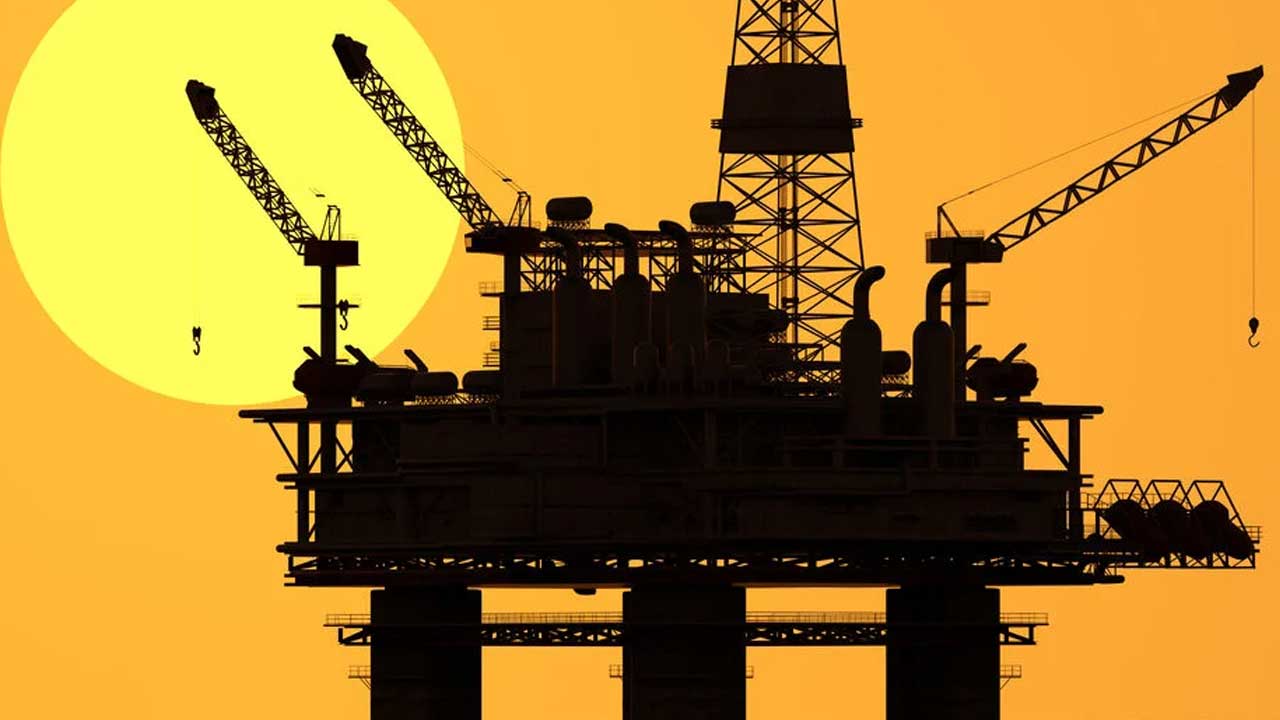Petroleum Sector: Concerns about the recession caused a decline in crude oil

Last Updated: 14th December 2022 - 04:11 am
The oil sector is complicated, with a wide range of elements and participants.
As in any free market, the natural rules of supply and demand are in operation. However, each is influenced by the aspects of the oil sector, such as the ability to refine, oil reserves, and international relations.
India continued to be the third-largest oil consumer in the world as of 2022. The world's oil supply may fail to meet demand in 2022 as a result of stronger sanctions forcing Russia to shut down additional wells and a number of companies encountering capacity constraints. Up to 90% of Russian crude and oil products imports into the EU have been prohibited, and this restriction will gradually be lifted over the next six to eight months. Gains from non-OPEC+ will predominate for the remainder of the year and in 2023, slightly offsetting smaller increases from OPEC+.
EU and G7 considered an additional ban on Russian oil, including a complete phase-out of oil imports from the country, as a result of Russia's invasion. If this works in favour of the EU, the new embargoes would accelerate the current trade flows and compel Russian oil corporations to close more wells. Even though, a severe supply shortage may be avoided in the short term thanks to continuously increasing output in other countries and slower demand growth, particularly in China. Oil market volatility persists despite the growing supply and demand uncertainty, but prices are currently trading in a lower and narrower $10 per barrel range over $100 per barrel. WTI last traded at $102/bbl while Brent last traded at $105/bbl.
Outlook
The world's most essential commodities have shown little sign of easing until June 2022, owing to a strong recovery in oil consumption. Numerous countries have begun to offer some buffers as more and more nations attempt to reduce their reliance on Russian energy on a global scale. Crude oil prices have fallen from their recent highs as the US anticipates releasing 1 million barrels per day of supplies from strategic storage over the following six months. Since June 6, the average price of WTI and Brent futures has surpassed USD 120 per barrel. Crude oil's price rose to USD 127.9 on June 13. According to the International Energy Agency (IEA), other developed nations will release 60 million barrels per day.
This is because an increase in global refining capacity of 1 million barrels per day in 2022 and 1.6 million barrels per day in 2023 is anticipated. A revitalised China will fuel demand expansion outside of the OECD in 2023, offsetting a decline there. Following increases of 1.8 million barrels per day this year, it is predicted that global oil consumption would grow by 2.2 million barrels per day to 101.6 million barrels per day in 2023. The government has put into place a number of programmes in order to accommodate the increasing demand. Refineries, natural gas, and petroleum products are only a few of the segments of the industry where it has allowed 100% foreign direct investment (FDI).
Financial Highlights
The international price of crude oil remains wildly unpredictable, leaving the inflation trend open to significant upside risks. The "zero virus" strategy China employed, affected demand and has recently increased volatility in oil prices worldwide. Rising global commodity prices, notably those of oil, are a contributing reason to India's food inflation, according to the Reserve Bank of India (RBI). In FY22, industry net sales surged by 76.14%, while operational profit rose by 28.1% over FY21 or 26.42%. Profit after tax (PAT) for the sector increased by almost 22%.
IOCL is expected to make sizable profits because of increasing inventory gains and higher refining profitability. With a capacity of 94.6 million metric tonnes of oil per year and 20.0 million metric standard cubic metres per day for gas, IOCL operates a 14,701 km network of crude, gas, and product pipelines. One of the largest businesses, IOCL, is the owner of 11 of the country's 22 refineries, which have a combined capacity of 80.7 MTPA. Improvements in Reliance Limited's standalone business were driven by refining profitability.
The company built the first privately owned refinery in the nation in 1999, and since then, it has significantly increased its market share to 30%. It used 96.1% of the facility's capacity in January 2021. Nearly 10% of the world's refining capacity is represented by the Vadinara refinery of Nayara Energy Limited (NEL), which has a 20 MTPA capacity. Inflationary pressures will also limit the ability of oil manufacturing companies (OMCs) to recover considerable marketing losses. Excise duty reductions provide OMCs with some breathing room, but a significant decline in crude prices is the only factor that will actually help margin recovery.
- Performance Analysis
- Nifty Predictions
- Market Trends
- Insights on Market
Trending on 5paisa
Market Outlook Related Articles
Disclaimer: Investment in securities market are subject to market risks, read all the related documents carefully before investing. For detailed disclaimer please Click here.
 5paisa Research Team
5paisa Research Team
 Sachin Gupta
Sachin Gupta




